Madonna of Ponte and Caregnano
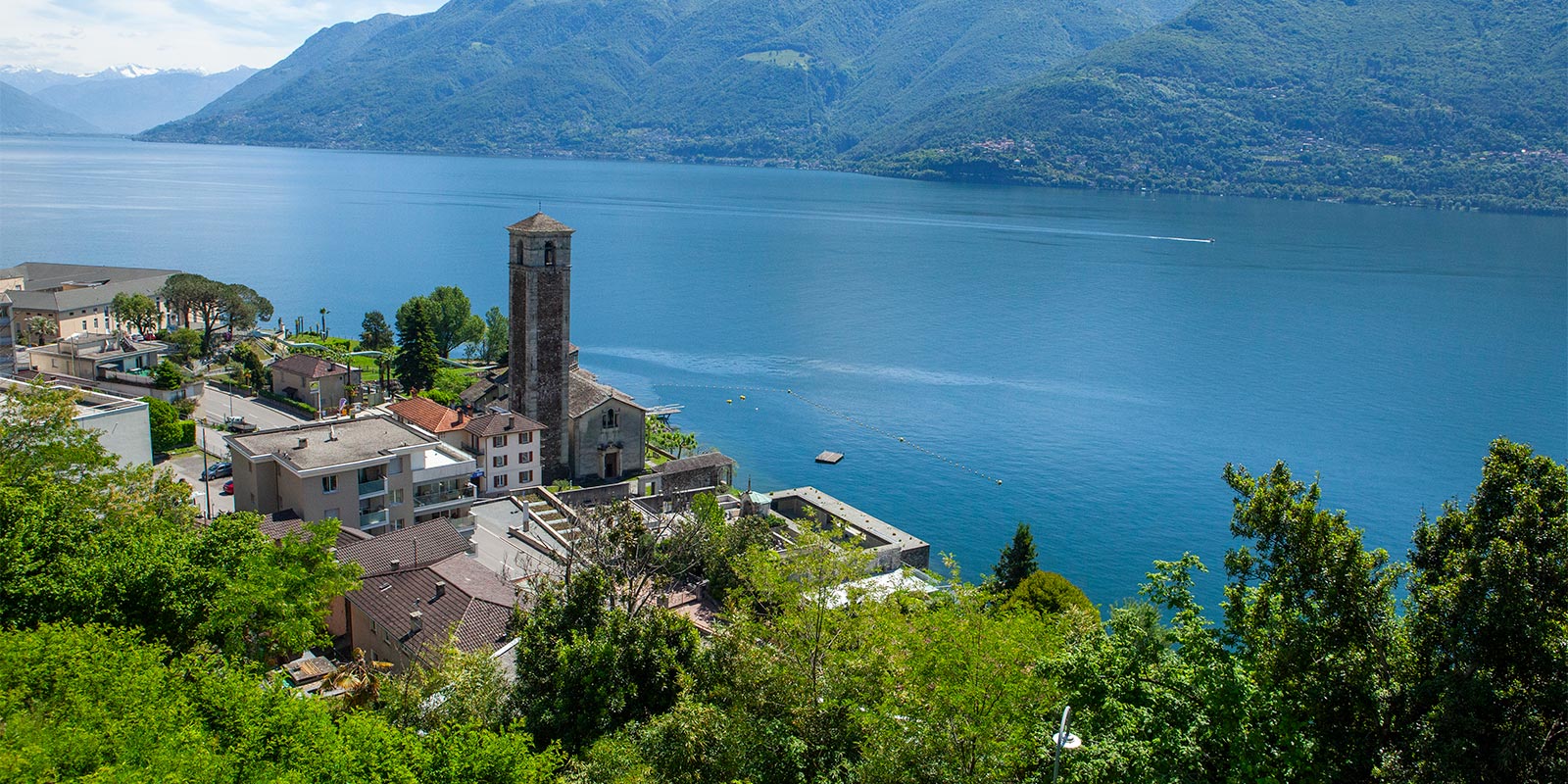
The church of the Madonna del Ponte was built on the site of the medieval cemetery church, probably biabsidata. The architect was Giovanni Beretta (1526-1528: presbytery, tiburium, choir; 1574-1600 nave). Starting in 1590, his son Pietro completed the construction with his own plans for the main facade. The bell tower was built in about 1545 and completed around 1666; The churchyard wall and portico date back to the early 17th century (with a memorial plaque for Roger and Berthe Leoncavallo, 1996).
Piodina
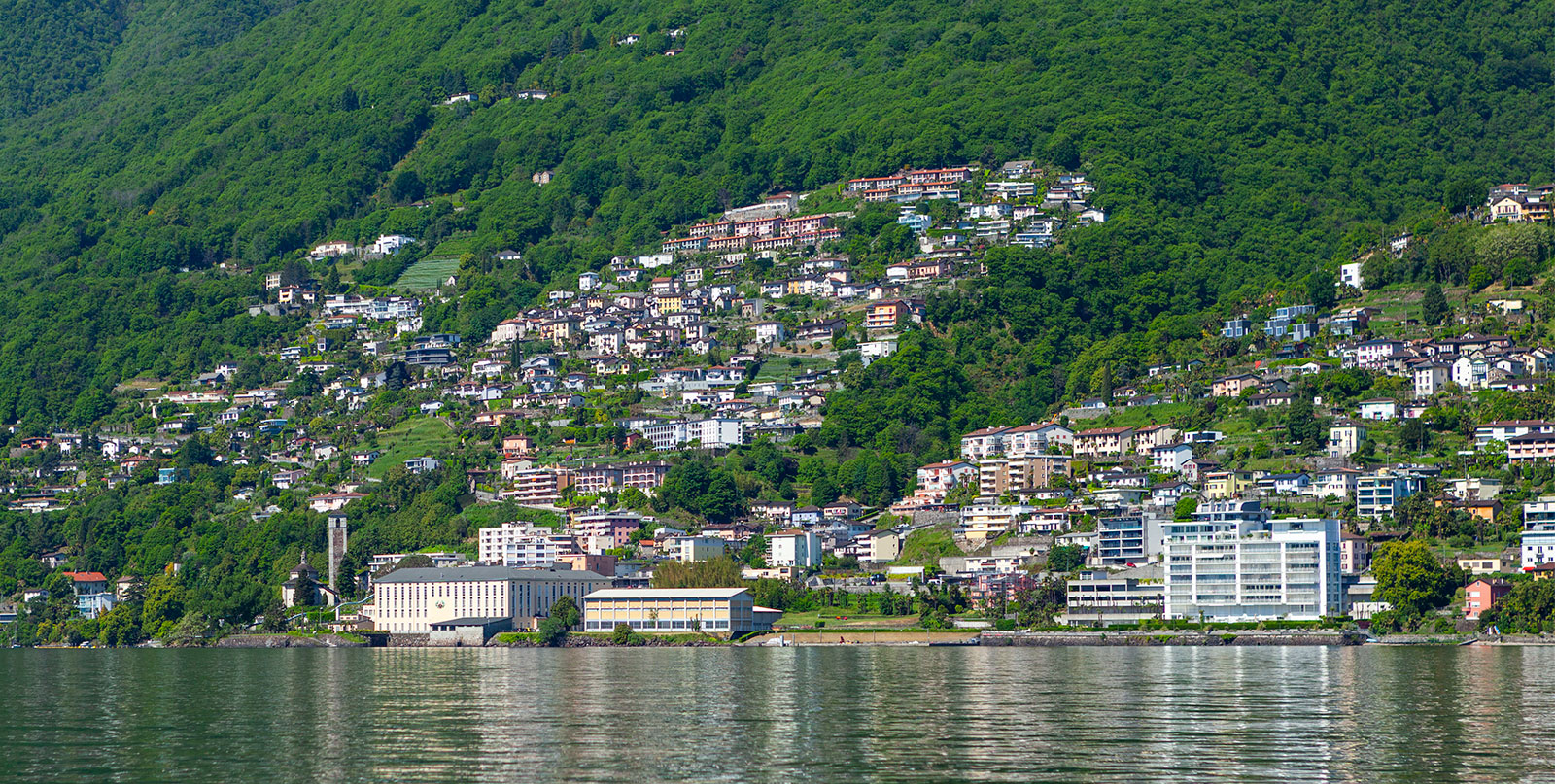
The nucleus is organised around the small square/sagrato of the oratory of San Macario, with a granite cross donated in 1831 by the Piodina emigrant society. This charming ‘poggiolo’ is accessed via a small road flanked by tall buildings that rise in steps on the very steep terrain. Noteworthy are the houses ‘degli Angeli’ (1709 and 1728) and Borrani, today Ponti (XVIII century), significant examples of hilly eighteenth-century architecture.
Noveledo
Even this hamlet, still intact until a few years ago, could have become a living museum of medieval mountain architecture. The structure of the village is typical of the region: terraced, with alleys irregularly parallel to the main contradella, connected by a dense plot of streets and stairs that bypass the houses to serve the various entrances.
Cadogno
Cadogno presents itself to the visitor with a fresco of the late fifteenth or early sixteenth century, visible on one of its first houses. It represents a Madonna enthroned between Saints Antonio Abate and Sebastiano, a work that does not seem to belong to any of the workshops of the rustic ‘madonneri’ who then worked in Locarno.
Incella
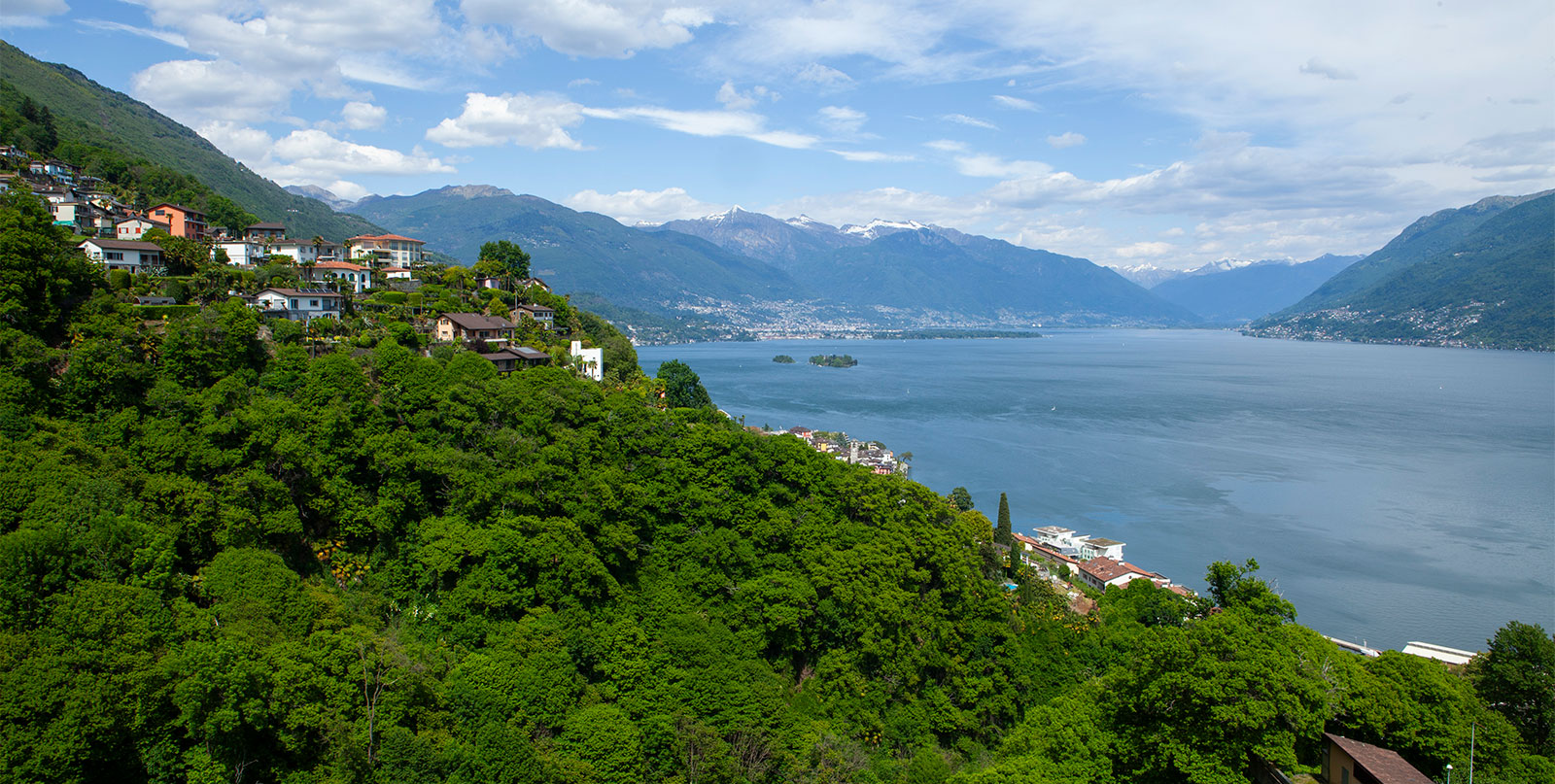
It is one of the most interesting hamlets, especially in its central part, which preserves medieval aspects. Here there are tall stone buildings and narrow alleys, with underpasses and balconies on large shelves. The oratory of Saints Rocco and Sebastiano is located in a clearly visible position in the curve of the road and dates back to 1645-1668. The simple structure, a narrow rectangular hall with cross vaults and barrel vaults, contains the tabernacle of a beautiful seventeenth-century wooden altar, carved and gilded, coming from Madonna di Ponte.
Tecetto and Piazza
Continuing towards the mountain, you can see another impressive group of houses, built with steps in beautiful rough ferruginous stone within a solid angular frame, with windows and trilithic doors of late medieval type.
Nevedone
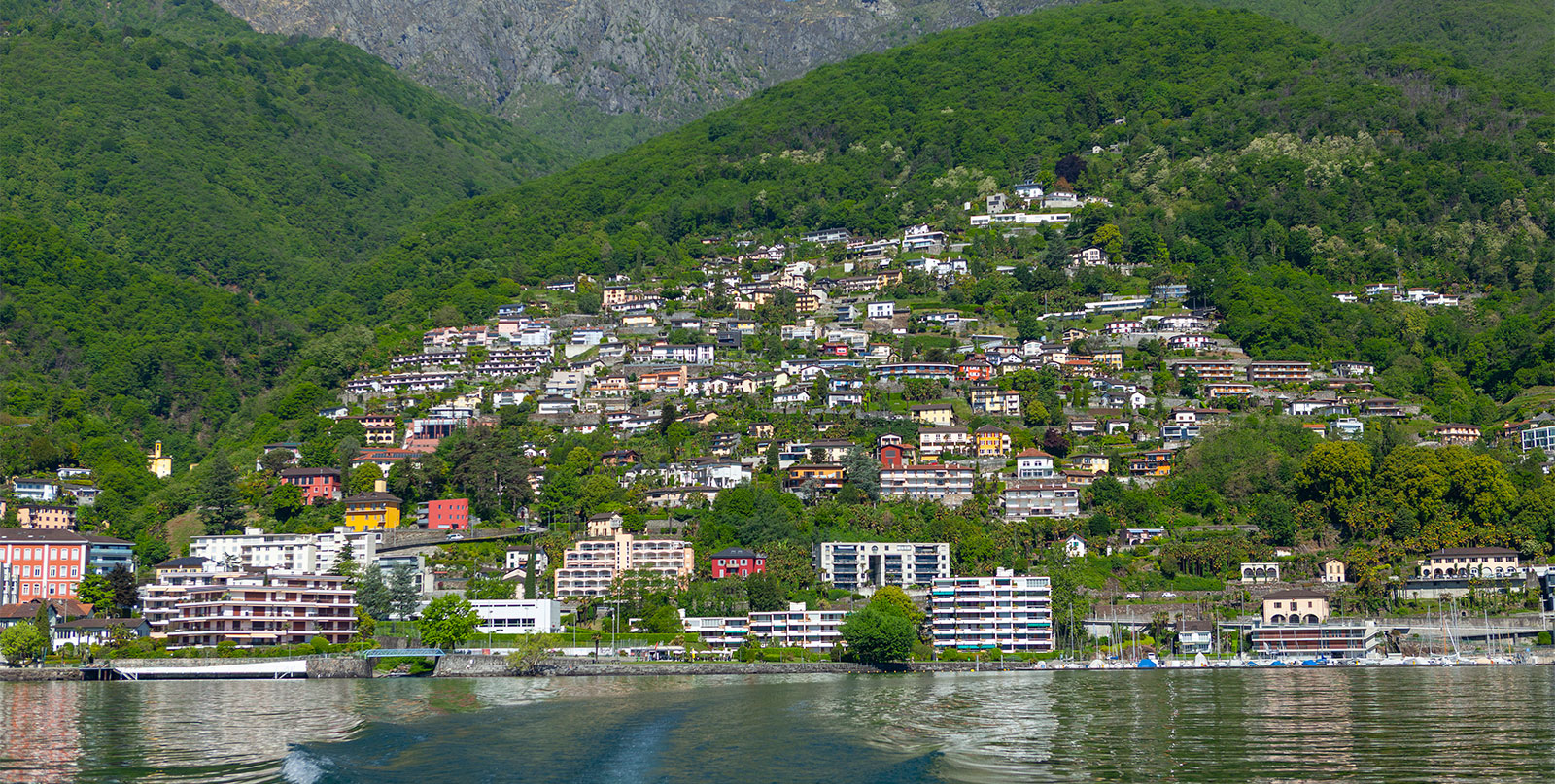
Nevedone is the first village you come across when you go up the coast from the external road that starts a little after Porto Ronco. You can also reach it from the road that goes up from the center of Brissago and that follows the ancient mule track.
Rossorino
The architectural urban value of this tiny hilly town lies in its central nucleus, around a miniature square with four paths and ramps at the corners.
Door
The hamlet extends upstream of the small plateau on which the oratory of San Bartolomeo was built in the Middle Ages. Also in this village are still visible medieval traces (archives, trilithic windows, the painting of a Madonna enthroned of the late fifteenth century).
Gadero
The small and bright village is mainly of eighteenth-century origin, an era still intuitable in some buildings next to the square / churchyard. The oratory of the Madonna delle Grazie dates back to the early 19th century and was created as a private foundation for the Baccalà family, who owned several houses and land in the same locality at the time.
Caccio and Cartogna
They are two other very pretty small hamlets located on the Inland Coast.
Islands
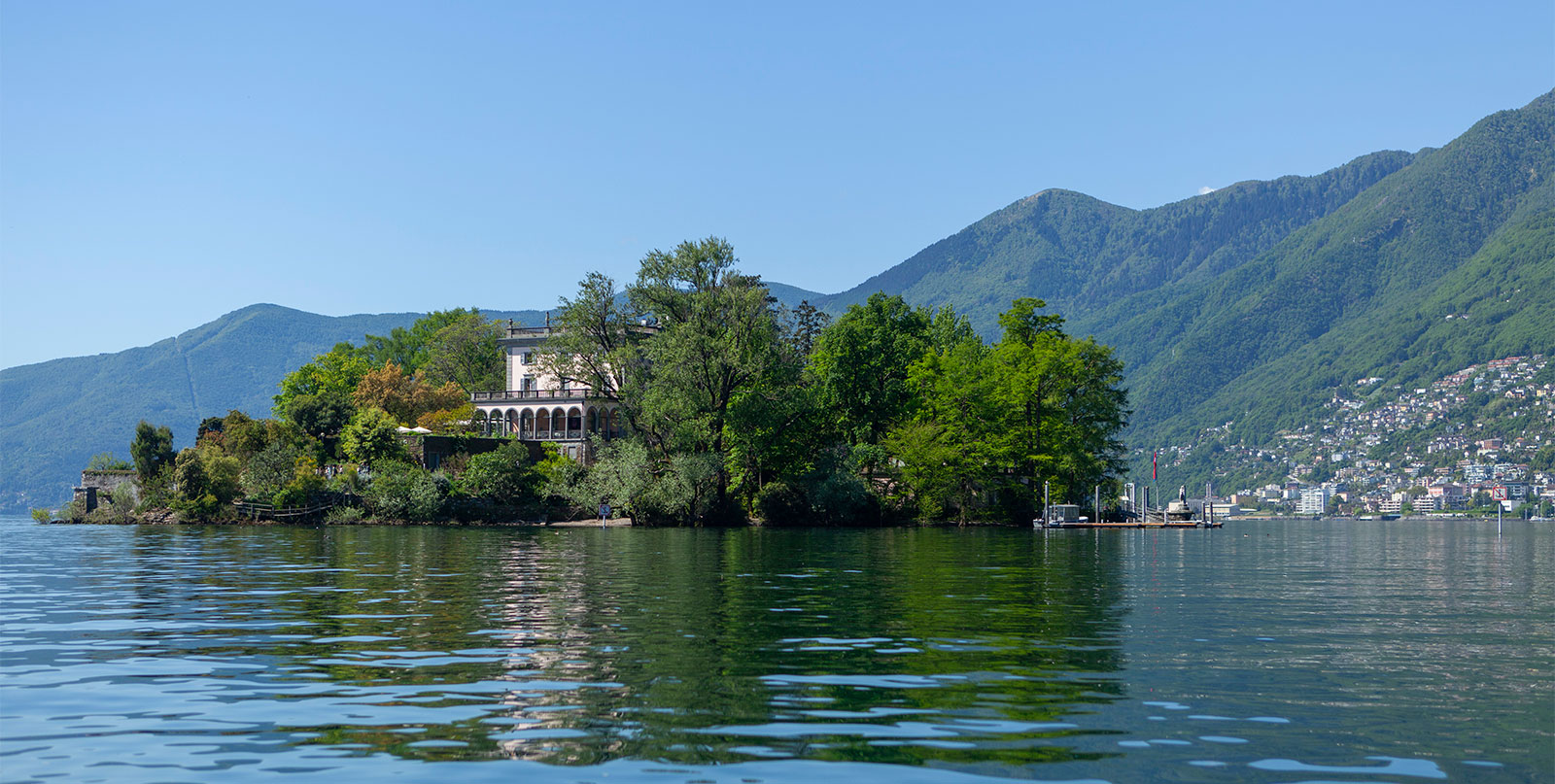
Bathed in international waters, protected by the alpine mountains and kissed by the sun, these magnificent islands give the visitor the opportunity to make the ‘round the world’ in four steps. The Botanical Park offers more than 1500 different species of flowers and plants from the Mediterranean, subtropical Asia, South Africa, North, Central, South America, Australia and Japan. All this on an area of only 2.5 hectares. Guided tours allow you to get closer and discover the world of plants.
On the second floor of the Villa Emden, however, you can follow conferences, organize banquets, aperitifs and weddings, thanks to the presence of a berth for private boats.
For more information on the Brissago Islands: www.isoledibrissago.ti.ch